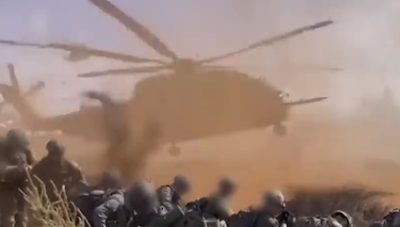International Stabilization Force in Gaza (Fragile Gamble)
Murad Makhmudov, Michiyo Tanabe, and Kanako Mita
Modern Tokyo Times

A U.S.-backed stabilization force for Gaza—potentially operating under a United Nations umbrella and supported by European powers—is reportedly in the works. Yet, given the volatility on the ground and the haunting precedent of failure in places like Haiti, the prospect of disarming Hamas and other Islamist factions remains perilous.
Unlike a full-fledged UN peacekeeping mission, Washington is pushing for a more limited, coalition-style force, loosely modeled on the Haiti intervention. Its primary objective: enforce a ceasefire agreement and lay the groundwork for a tenuous stability in Gaza. But the risks are considerable—and success far from assured.
Egypt is emerging as the most likely lead for this force, a pragmatic choice from Israel’s perspective. Egypt’s military has recent experience combating Islamist insurgents in the Sinai and is seen as far more acceptable than Turkey, whose regional ambitions and anti-Israel rhetoric under President Recep Tayyip Erdoğan make it a divisive actor.
Lee Jay Walker (Modern Tokyo Times analyst) says, “Still, the lineup of potential contributors raises difficult questions. According to The Guardian, Egypt, Turkey, Indonesia, and Azerbaijan are being considered as key troop providers. Yet the irony is glaring: Indonesia continues a brutal campaign against indigenous Christian Papuans in West Papua; Turkey maintains an illegal occupation in northern Cyprus; and Azerbaijan has just expelled the last Armenians from Nagorno-Karabakh in a de facto ethnic cleansing.”
The contradictions don’t end there. While Europe and the Gulf powers talk up ambitious plans for a viable Palestinian state, Israel remains staunchly opposed. This political disconnect suggests that any stabilization mission will eventually face paralyzing constraints—particularly as local resentment and competing agendas surface.
Even now, tensions are mounting. Israel recently accused Hamas of violating the ceasefire and responded with airstrikes, underscoring just how precarious the situation remains.
And the international record doesn’t inspire confidence. The multinational stabilization effort in Haiti, which the U.S. is using as a template, is unraveling under pressure from violent gangs, political chaos, and limited authority. Can such a model realistically succeed in Gaza, where militant Islamism and hardened ideology present even greater challenges?
Or will the force simply become a buffer—a mechanism to contain rather than resolve the conflict, dampening the scale of violence without addressing its roots? After the October 7 Hamas pogrom against Israeli civilians, and the devastation that followed, half-measures may only delay the next explosion.

Modern Tokyo News is part of the Modern Tokyo Times group
http://moderntokyotimes.com Modern Tokyo Times – International News and Japan News
http://sawakoart.com – Sawako Utsumi’s website and Modern Tokyo Times artist
https://moderntokyonews.com Modern Tokyo News – Tokyo News and International News
PLEASE JOIN ON TWITTER
https://twitter.com/MTT_News Modern Tokyo Times
PLEASE JOIN ON FACEBOOK